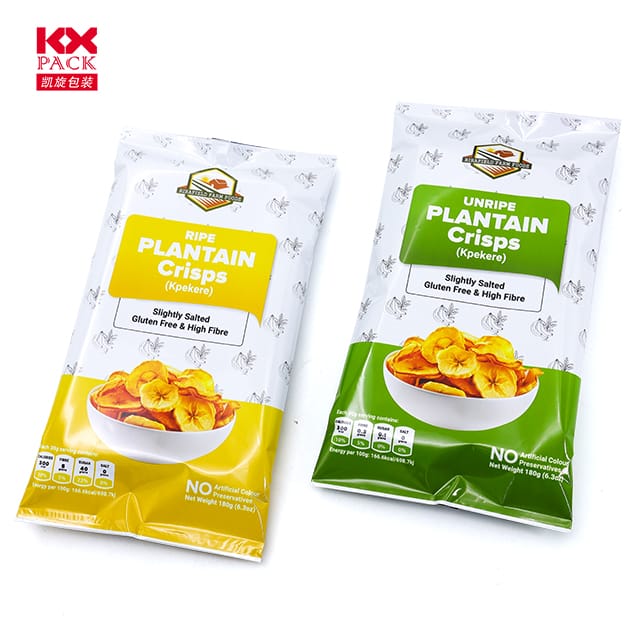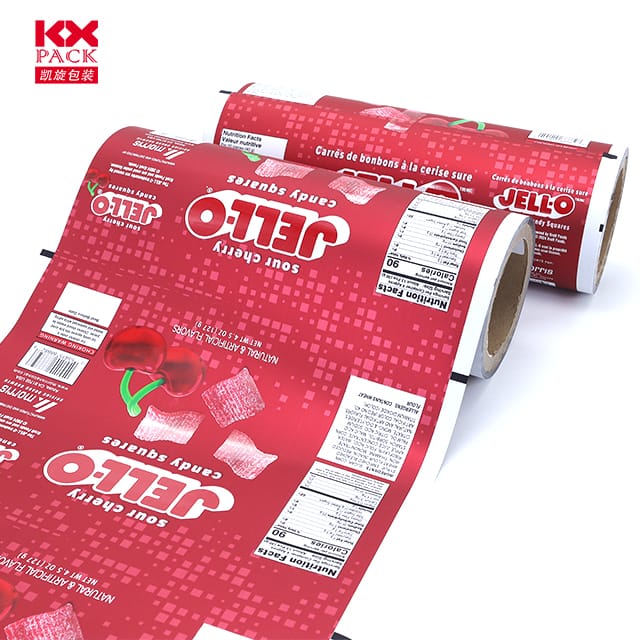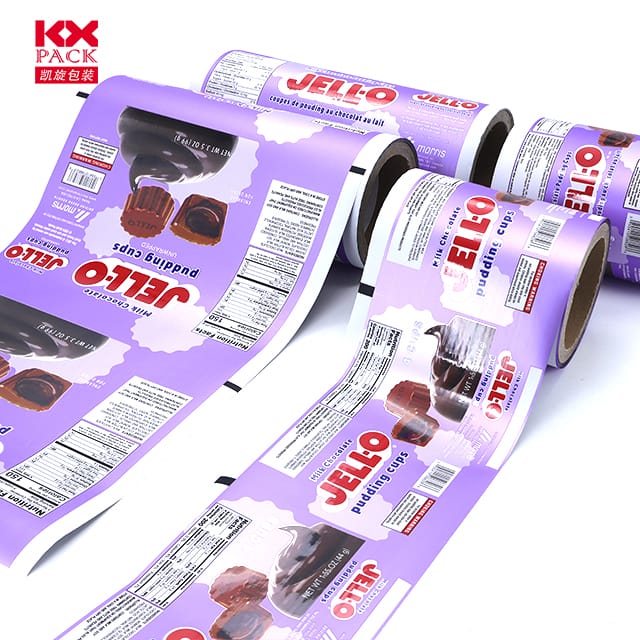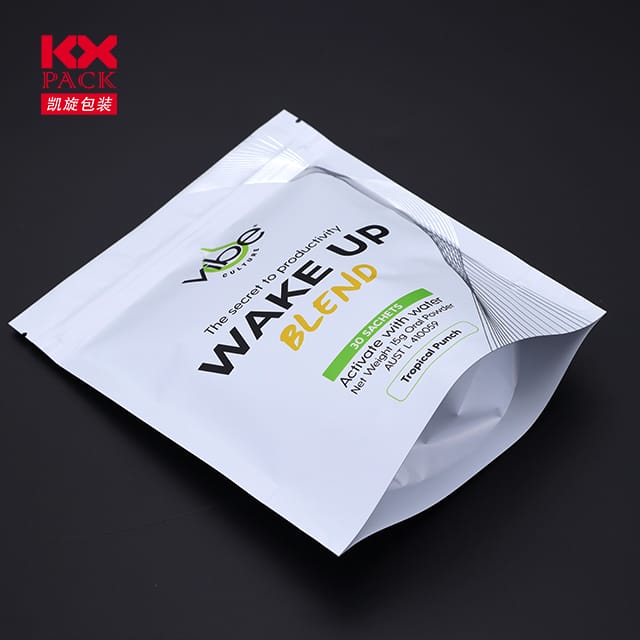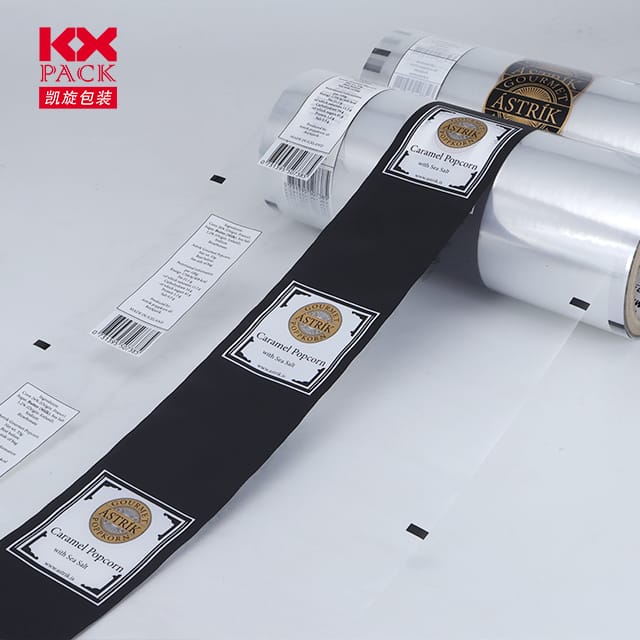Устойчивые решения для безопасности пищевых продуктов: Переосмысление пластиковой пленки для упаковки еды
Пластиковая пленка
Plastic film rolls are a staple in food packaging—protecting everything from fresh produce to baked goods, обеспечение свежести, и продление срока годности. Еще, Их удобство стоят за: Одноразовые пластиковые пленки значительно вносят вклад в глобальное загрязнение, с миллиардами тонн забивает свалок, океаны, и экосистемы. But what if we could reimagine this essential tool to balance functionality with environmental responsibility? Let’s explore how innovations in plastic film rolls for food packaging are paving the way for a greener future.
The Environmental Dilemma of Traditional Plastic Films
Most conventional plastic films are made from полиэтилен (ЧП), полипропилен (ПП), или ПВХ—materials that take centuries to decompose. Даже при переработке, these films often face contamination issues or lack proper collection infrastructure. Результат? Food packaging waste accounts for nearly 40% of global plastic production, much of it ending up as microplastics that infiltrate soil, water, and even our food chain.(Пластиковая пленка)
The Shift Toward Sustainable Alternatives
Fortunately, the food packaging industry is evolving. Here’s how manufacturers are rethinking plastic film rolls:
- Биоразлагаемые и компостируемые пленки
- Сделано из plant-based materials like corn starch, сахарный тростник, или водоросли, these films break down naturally in composting facilities within months.
- Ideal for short-shelf-life products (НАПРИМЕР., salads, sandwiches) where traditional plastic isn’t essential.
- Recycled Content Films
- Using Пост-потребитель переработан (ПЦР) пластик reduces reliance on virgin materials and diverts waste from landfills.
- Advances in recycling technology now allow for stronger, clearer films suitable for a wider range of food products.
- Съедобные и водорастворимые пленки
- Cutting-edge options include edible coatings (сделано из морских водорослей или крахмала) that protect food and can be consumed or discarded harmlessly.
- Water-soluble films dissolve in water, eliminating waste entirely.
- Reusable and High-Barrier Films
- Долговечный, multi-layer films designed for многоразовые контейнеры (НАПРИМЕР., silicone lids or beeswax wraps) reduce single-use waste.
- High-barrier films (with oxygen or moisture control) extend shelf life, reducing food waste—a critical sustainability goal.
Баланс функциональности и устойчивости
While eco-friendly alternatives are promising, Проблемы остаются:
- Расходы: Sustainable films often cost more to produce, though prices are dropping as technology scales.
- Производительность: Some biodegradable films lack the strength or barrier properties of traditional plastic, limiting their use for certain foods.
- Infrastructure: Compostable films require industrial composting facilities, which are scarce in many regions.
Однако, brands and consumers are driving change by:
- Investing in R&Д to improve film durability and affordability.
- Advocating for policy changes (НАПРИМЕР., extended producer responsibility laws).
- Choosing minimal, recyclable packaging where possible.
How Consumers Can Make a Difference
You don’t need to wait for perfect solutions to act:
- Support Brands Using Sustainable Films: Ищите сертификаты, как TÜV Austria’s OK Compost или BPI (Институт биоразлагаемых продуктов).
- Reduce and Reuse: Выберите объемные покупки, многоразовые контейнеры, or beeswax wraps to minimize film reliance.
- Правильно перерабатывать: Clean and recycle PE/PP films where accepted (check local guidelines).
- Demand Transparency: Pressure companies to disclose film materials and end-of-life options.
The Future of Food Packaging: A Holistic Approach
Sustainable plastic film rolls are just one piece of the puzzle. The ultimate goal? Акруговая экономика where packaging is designed for reuse, переработка, or composting. This requires:
- Collaboration between governments, производители, and consumers.
- Инновации in materials science (НАПРИМЕР., mycelium-based films or lab-grown alternatives).
- Education to dispel myths about plastic’s necessity in food safety.
Your Role in the Transition
Every time you unwrap a snack or store leftovers, you have a choice. By supporting sustainable packaging, advocating for change, и сокращение отходов, you’re helping redefine the role of plastic film rolls in our lives.
Ready to rethink your food packaging habits? Share your favorite eco-friendly swaps or questions in the comments—let’s build a zero-waste kitchen together! 🌱🍴
Hashtags: #SustainablePackaging #PlasticFreeFuture #FoodWaste #GreenInnovation #CircularEconomy


